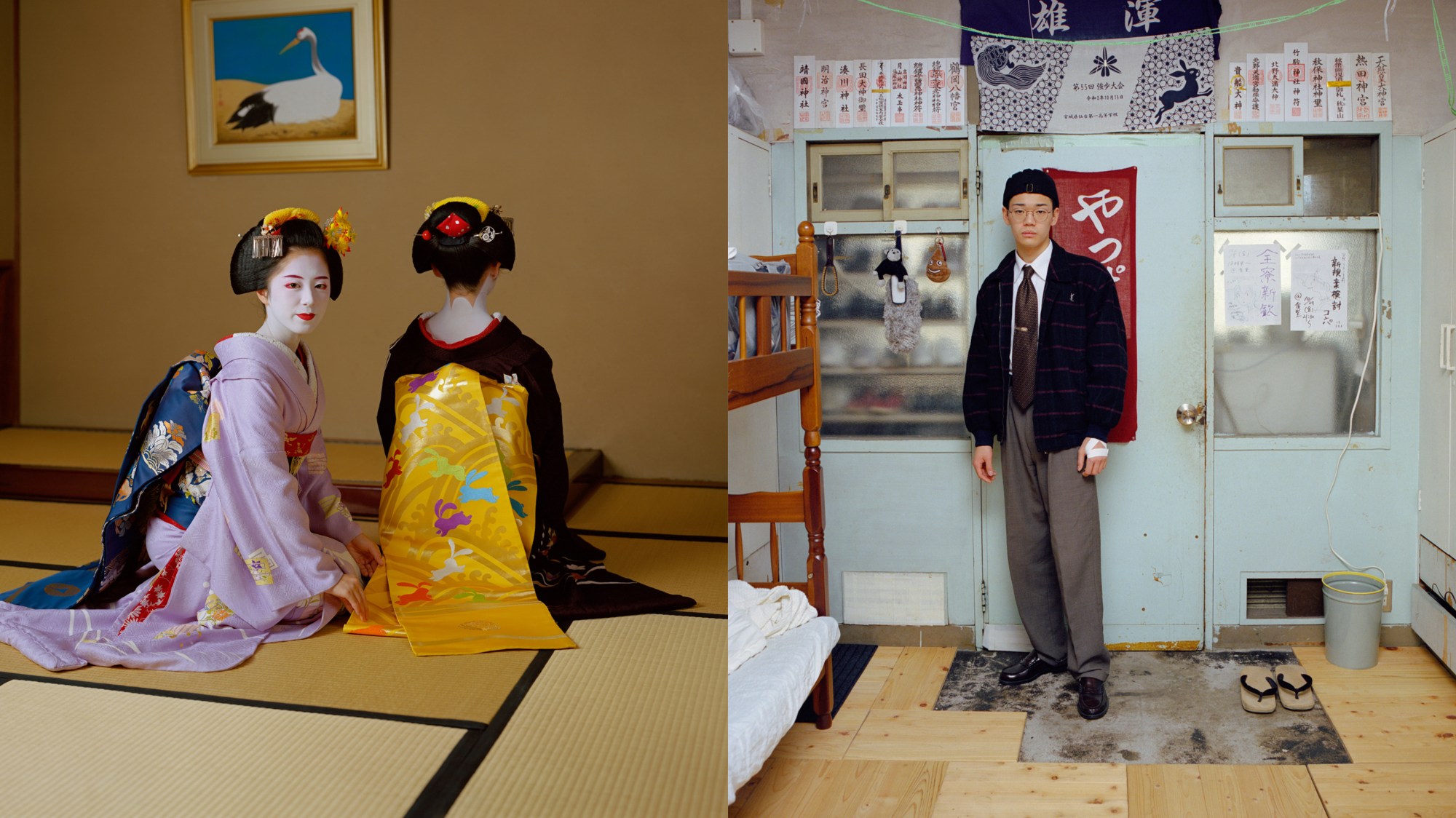“What are we going to do with all this future?” It’s just one of the gazillion Haiku-like lyrics by Coco Capitán which have found themselves scrawled on towering buildings and luxury wear. Yet few seem to capture the spirit of her universe more perfectly. Hers is one which is at once existentially burdened and care-free — nonchalant and fearless. Since the artist shot to stardom via her collaboration with Gucci’s Alessandro Michele in 2017, she has released her own embroidered penny loafers, shared a museum space with Ren Hang and disappeared into the sea.
Coco’s latest stop is Kyoto, the older, more traditional sibling of Tokyo. At Kyotographie — the bushy-tailed photography festival that gets under way as the cherry blossom blooms each year — Coco is presenting OOKINI, a poignant series picturing the kids of Kyoto. Teenage years can be hard anywhere. That said, in very few societies is the idea of youth as complicated as it is in Japan, with its culture of conformity. The tension between old and new comes across powerfully in Coco’s portraits of skater boys, high schoolers, monks and maikos who, despite their sartorial differences, have more in common than what meets the eye. We catch up with Coco over the phone to hear about her time in Kyoto.
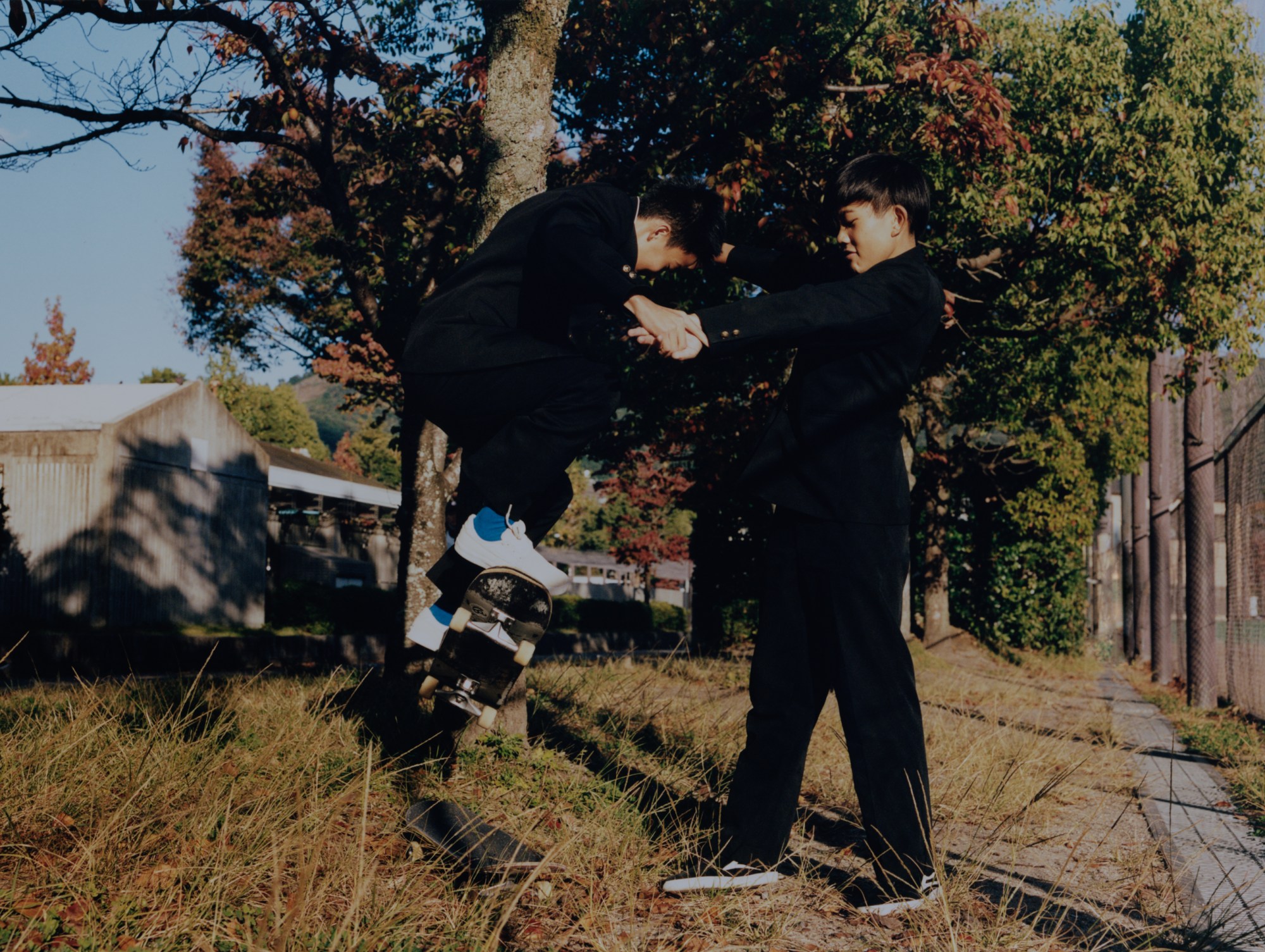
Hi Coco! You mentioned you have Japanese relatives.
Yes! My cousins are half-Spanish, half-Japanese. So, from a really early age, Japanese culture was in the family. I remember being very fascinated by the protocols Japanese people have for every little thing, how well-dressed they are for ceremonies and their strong sense of family.
What do you admire about art in Japan?
As an isolated island, Japan didn’t have any external influence for many years, making its artistic culture very special. After WWII, after destroying Japan, the Americans pretty much rebuilt it. So, for the first time in its history, there was a strong foreign influence, which had some super interesting knock-on effects, especially on photography. I have always been a huge fan of that generation of post-war photographers. I often find myself revisiting the series Chewing Gum and Chocolate by the great Shomei Tomatsu.
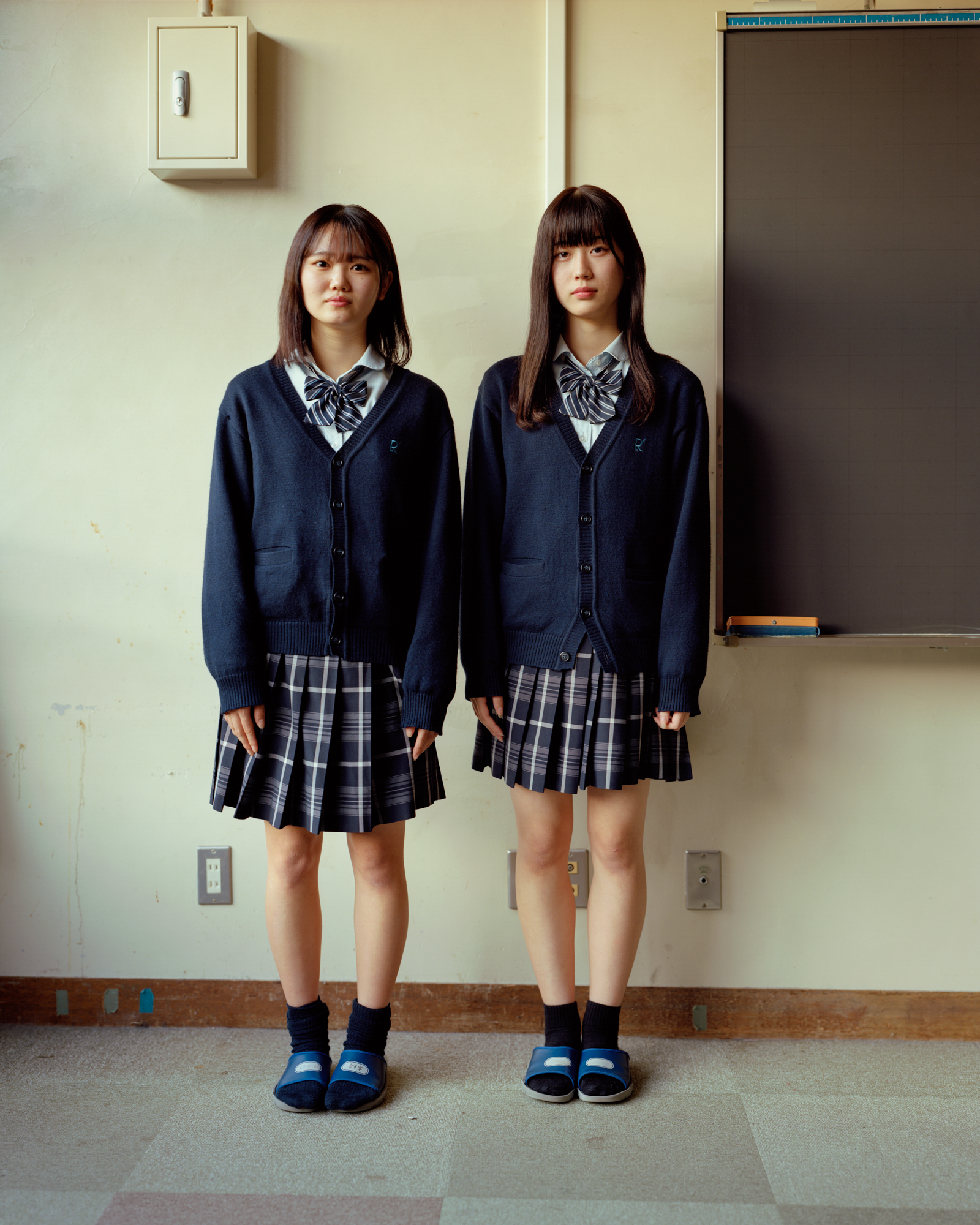
He also photographed those wild student protests of 1968. That snapshot of youth culture – full of reckless rebellion — is very different to yours. What drew you to teenagers?
I chose to photograph teenagers because they are the future. Japan has some very strict social rules which have endured throughout the centuries. I’m not entirely sure whether this is a positive thing or a negative thing, but I was interested in getting to know how these customs play out today when so much is changing in regards to technology, gender and identity. Teenagers, of course, occupy that grey space between childhood and adulthood. Toddlers in Japan are adored in a way that I haven’t seen in the west. Yet when they become adults, they are expected to take on so many responsibilities.
Were the kids curious about you?
I wasn’t sure how much they knew about me, but I’m always very open and try to share as much as possible. What I’ve realised is that when you’re a foreign artist, it’s understood that you’re going to be weird or different. I got a lot of questions, but they were more about how many siblings I have or what my favourite Japanese dish is rather than my opinions on things.
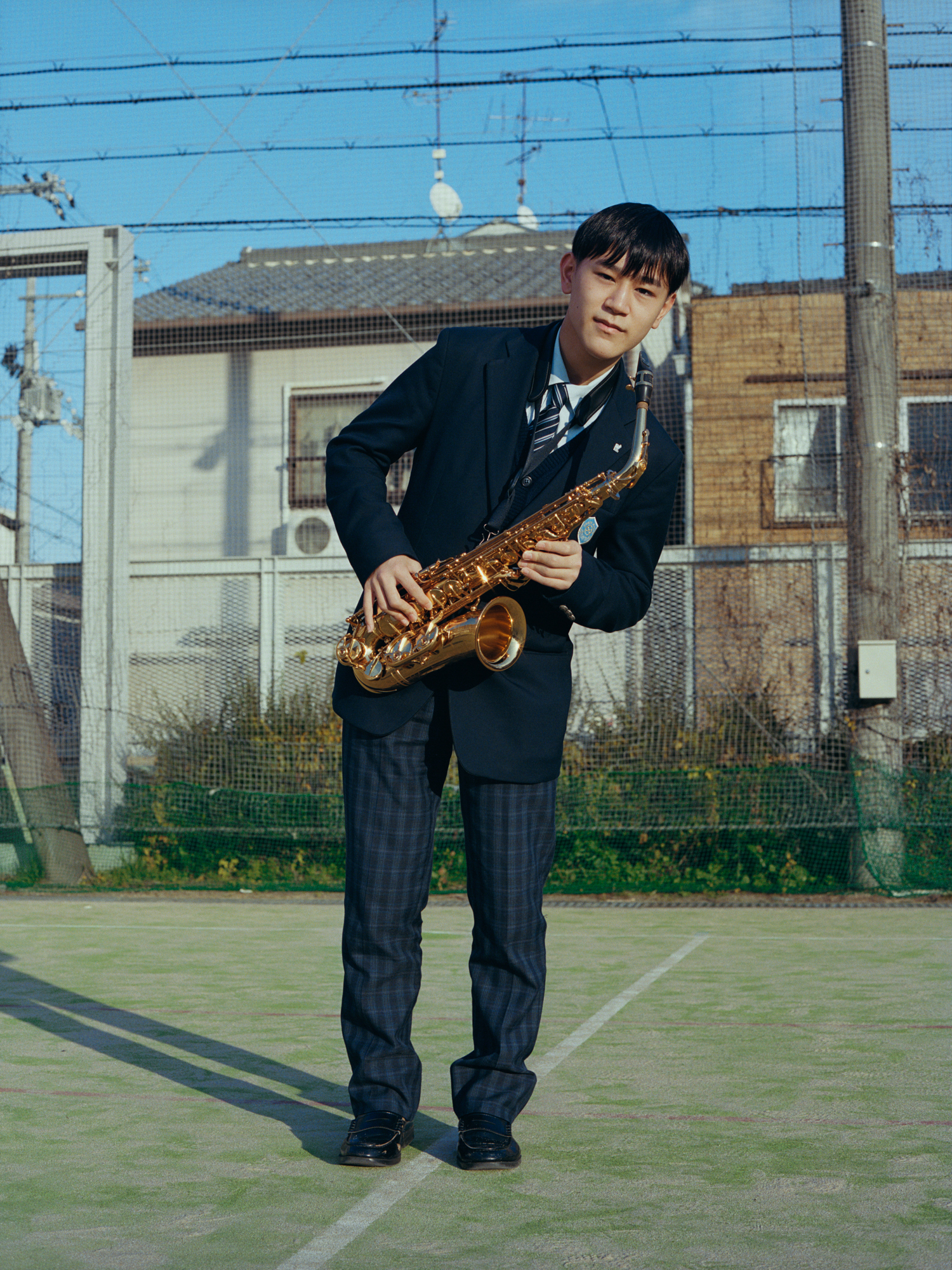
Does one encounter stand out?
One day, I was walking along the river and spotted a skater boy, Sho. I asked him if he would like his photograph taken, and he said yes. A few days later, in another neighbourhood, I bumped into Sho again. I told him I really liked his style and asked whether he had other skater friends who might like to be photographed. I shared my Instagram with him, and we used Google Translate to set up a time and place. When I turned up, there were at least 20 boys there with their skateboards. I was amazed at how this 14-year-old boy had organised this huge photoshoot. Sho was directing everyone!
What similarities did you find between the different groups you photographed?
Regardless of which life path they’re on, all the kids are subject to certain societal expectations. They are at once all so different and all so similar. I remember being invited to the bedroom of one apprentice at the monk school. Of course, he was wearing the traditional Buddhist robe, but I noticed a Harry Potter gown hanging on the door and some action hero figurines arranged on the selves. The boys are allowed to express their own personalities in their bedrooms, so long as they’re kept tidy. When they become monks, they aren’t really allowed to have many possessions. This boy was reading Harry Potter books in the same way I was when I was a teenager.

What were you watching and reading out there?
I was reading a lot about Zen Buddhism, jumping between different books. I wouldn’t call myself a Buddhist but I do admire the Buddhist way of thinking and looking at the world. Besides that, I was watching a lot of Yasujirō Ozu movies. Tokyo Story (1953) is, of course, an all-time favourite, but I think Good Morning (1959) was the biggest influence for me. It’s a quotidian drama about two boys in a Tokyo suburb who stop speaking in protest after their parents refuse to buy them a television set. In a way, it works as a kind of documentary about the Japanese way of living at the time. Somehow, I was trying to do something similar with my photography, looking at everyday people going about their everyday lives.
The title of the series, OOKINI, translates to “thank you”, right?
This word is very old-school and fancy in a way. This means “thank you” in the Kansai dialect. You would only ever say “ookini” in Kyoto. It represented my feeling of gratitude to the people who opened up to me. I would say it at the end of every shooting.
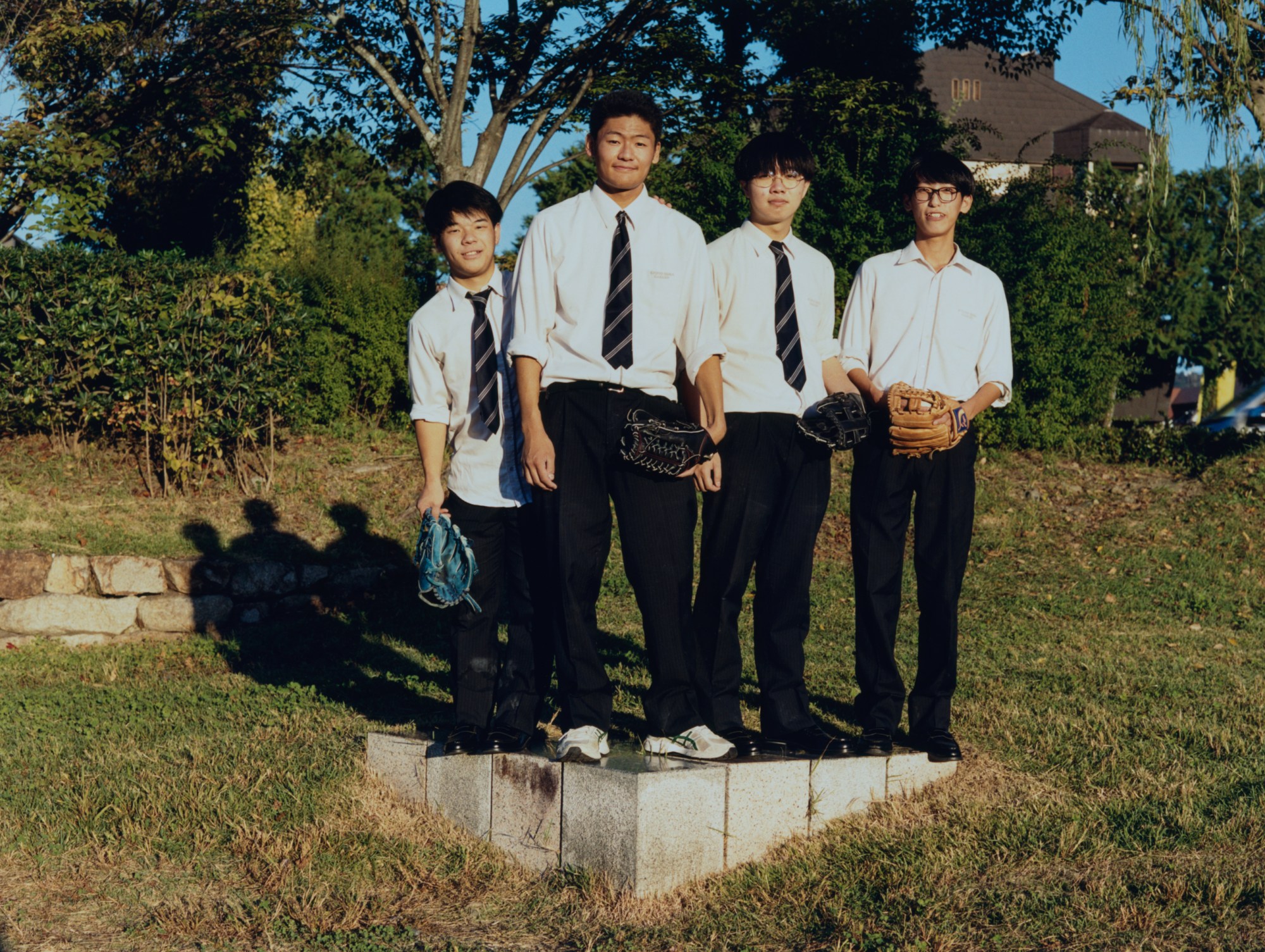
I guess you were journaling, too?
I journal wherever I go. In Kyoto, I got into the daily habit of writing down five things that caught my attention or made me feel good.
Can you share one?
Once, I visited an elderly tailor to get measured up. After I put my clothes back on, she came up close to readjust my shirt and neaten up my tie. In that moment, she felt like a grandma figure, even though we couldn’t communicate properly. I suppose I was asking myself: if today was the last day of my life and I had to make a little movie, what would be the things that made this last day special? Maybe that’s quite a Zen mentality, living in the present.
‘OOKINI’ is on display at Asphodel, Onishi Seiwemon Museum and Komyo-in Temple, as part of Kyotographie, until 14 May 2023.
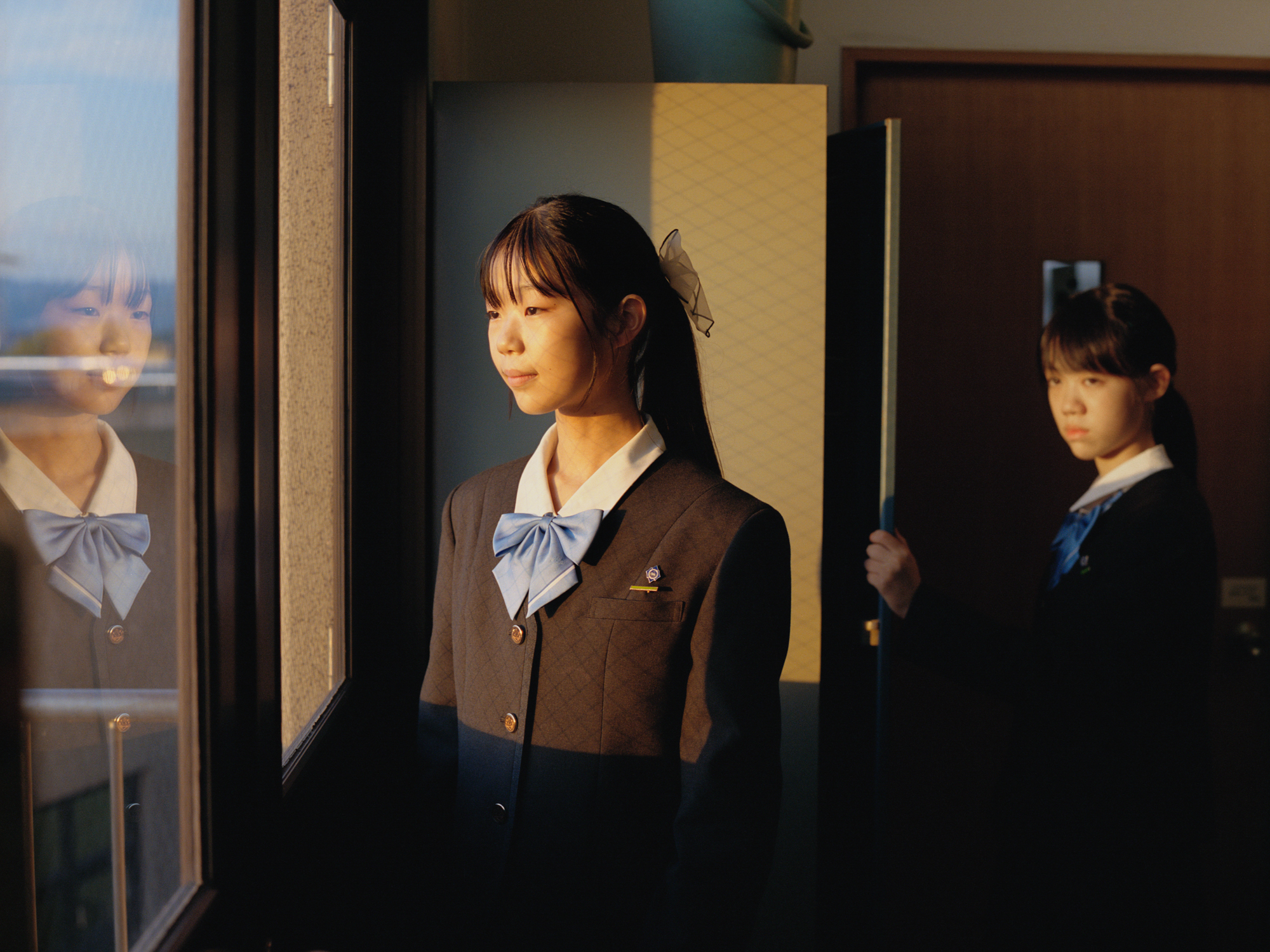


Credits
All images © Coco Capitán. Courtesy of Kyotographie
